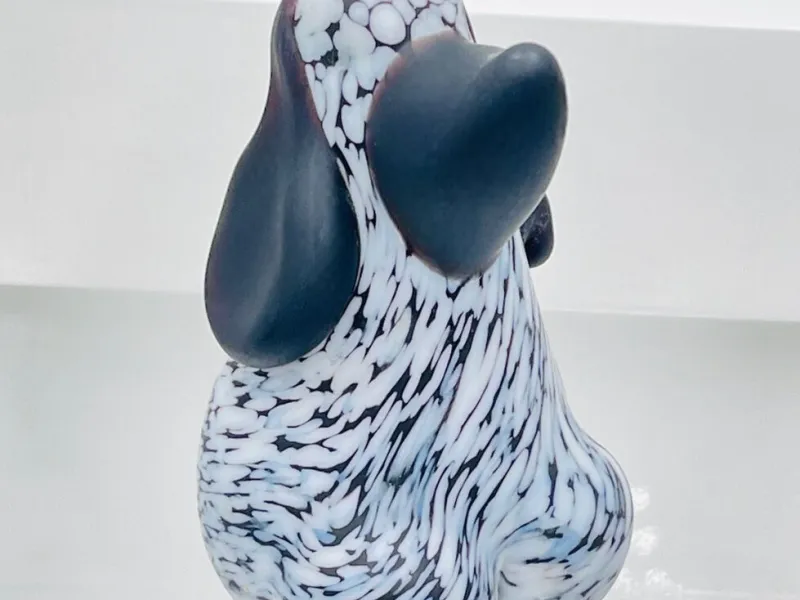Around 1550, glassmakers in Antwerp, Liège, and other parts of the Low Countries began producing Façon-de-Venise glass. This term refers to glass made in the style of Venetian glass, renowned for its clarity, lightness, and intricate designs. The glassmakers in these regions adapted the Venetian techniques to their local styles, creating a unique blend of Italian elegance and Northern European functionality. This period, lasting until approximately 1700, saw the rise of soda glass, a precursor to the more familiar lead glass that would dominate later.

Roemers: A Symbol of Northern European Craft
One of the most iconic forms of glassware from the Low Countries is the Roemer. These drinking glasses, often green and featuring a distinctive cylindrical shape with prunts (small decorative knobs), were popular from an early date. Roemers were not just functional items but also a testament to the glassmakers’ skill, as their creation required precise control and expertise. The prunts provided a tactile grip, which was both practical and aesthetically pleasing.

Mastery in Engraving: Diamond-Point and Wheel
The most significant contribution of Dutch glassmakers to the antique glass world is their mastery of engraving. Both diamond-point and wheel engraving techniques were perfected in the Low Countries. Diamond-point engraving, which involves scratching the glass surface with a diamond-tipped tool, allowed for delicate and detailed designs. On the other hand, wheel engraving uses a rotating wheel to carve deeper and more intricate patterns into the glass.
These techniques were used to decorate various glass objects, from simple drinking vessels to elaborate ornamental pieces. The themes often depicted scenes from daily life, nature, and mythology, reflecting the cultural and artistic milieu of the time.
The Renaissance Influence – Dutch and Belgian Glass
The Renaissance period played a crucial role in shaping the glassmaking traditions of the Low Countries. The influx of Italian artisans and the exchange of ideas across Europe brought new techniques and styles to the region. This period saw a blend of Gothic and Renaissance elements in glass designs, characterized by intricate patterns and a focus on form and function.

The Golden Age of Dutch and Belgian Glass
During the 17th century, known as the Dutch Golden Age, the Netherlands experienced a surge in artistic and scientific achievements. This era of prosperity and cultural richness had a profound impact on glassmaking. The demand for finely crafted glassware grew, leading to further innovations in both design and technique. Dutch glassmakers began experimenting with new forms and decorations, pushing the boundaries of their craft.
Visual Aesthetics and Design Philosophy
The visual appeal of Dutch and Belgian glass lies in its balance of form and function. The designs often exhibit a harmonious blend of simplicity and complexity, with clean lines complemented by detailed engravings. The use of colour, particularly in Roemers, adds a vibrant touch to the otherwise transparent or lightly tinted glass.
From a design philosophy perspective, the glassware from this region embodies the principles of balance, contrast, and emphasis. The functional aspects are carefully balanced with decorative elements, creating practical and visually stunning pieces. The contrast between the smooth glass surface and the textured engravings adds depth and interest, while the emphasis on intricate details showcases the artisans’ skill and creativity.
Sources
Payton, M., Payton, G. (1976). The Observer’s Book of Glass. United Kingdom: F. Warne.
More on Glass Design
Discover more from Encyclopedia of Design
Subscribe to get the latest posts sent to your email.





